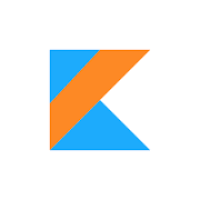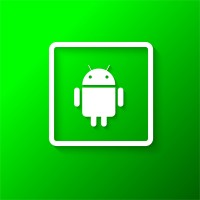
- Flutter AppBar
- Flutter Container widget
- Flutter Text widget
- RichText Flutter
- Row in Flutter
- Column in Flutter
- ListView in Flutter
- GridView in Flutter
- Stack in Flutter
- Expanded in Flutter
- SizedBox in Flutter
- Padding in Flutter
- Center in Flutter
- Align in Flutter
- FractionallySizedBox in Flutter
- AspectRatio in Flutter
- Baseline in Flutter
- TextField in Flutter
- Checkbox in Flutter
- Radio in Flutter
- Switch in Flutter
- Slider in Flutter
- DropdownButton in Flutter
- CupertinoPicker in Flutter
- ElevatedButton in Flutter
- TextButton in Flutter
- IconButton in Flutter
- GestureDetector in Flutter
- InkWell in Flutter
- PopupMenuButton in Flutter
- Image in Flutter
Stack in Flutter
18-Sep-2024Learn how to position widgets on top of each other using the Stack widget
Stack widget is used to overlay multiple widgets on top of each other.
Widgets added to a Stack can be positioned relative to the edges of the Stack or relative to each other
There Are Some Common Attributes for Stack
| alignment | Alignment of the children in the stack |
| Positioned | Positioned widget or using other positioning widgets like |
Here's a simple example of using a Stack in Flutter:
File open lib->main.dart file −
import 'package:flutter/material.dart';
void main() {
runApp(
MaterialApp(
home: Scaffold(
appBar: AppBar(
title: Text('Stack Example'),
),
body: MyApp(),
),
)
);
}
class MyApp extends StatelessWidget {
@override
Widget build(BuildContext context) {
return Stack(
alignment: Alignment.center,
children: [
Container(
height: 200,
width: 200,
color: Colors.blue,
alignment: Alignment.center,
),
const Positioned(
top: 50,
left: 50,
child: Text("Micro ",
style: TextStyle(
fontSize: 15,
color: Colors.amberAccent
),
)
),
const Positioned(
top: 30,
right: 50,
child: Text("Tutorial",
style: TextStyle(
fontSize: 15,
color: Colors.white
)
)
)
],
);
}
}
Open Device Manager, run the emulator, and then run the application. Next, check the working output and check the output you declared in your code.
Output:



